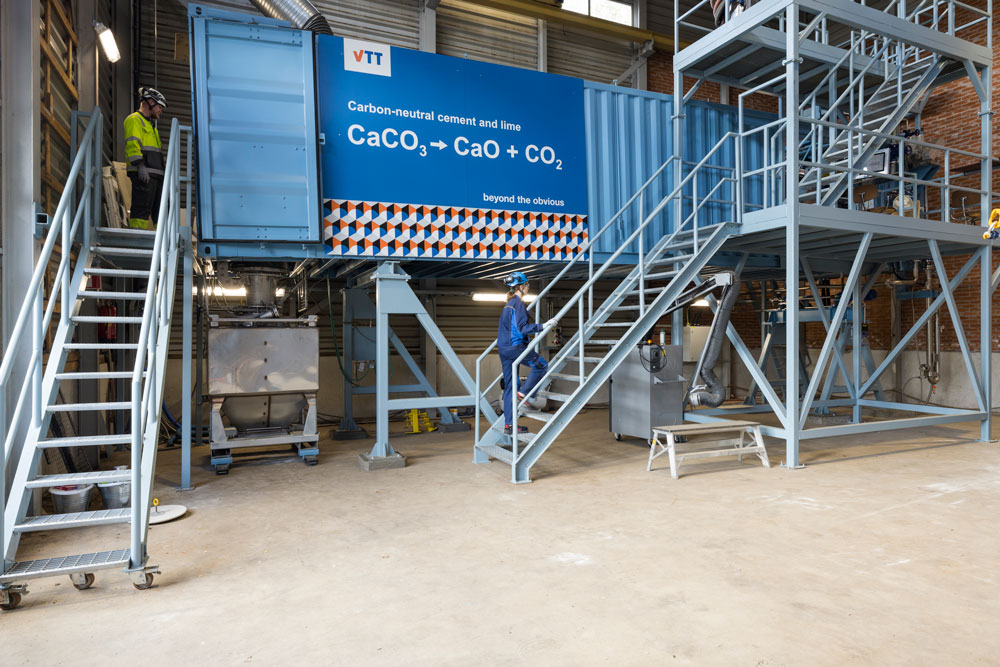Together with its business partners, the VTT Technical Research Centre of Finland developed a solution that it said can bring a significant reduction of carbon dioxide emissions in the production of cement and quicklime.
According to the VTT, by using low-emission electricity instead of combustion for decomposing calcium carbonate and by capturing the carbon dioxide produced in the production process, it is possible to run a cement plant with close to zero CO2 emissions. This is made possible by using a gas-tight, electrically heated rotary kiln.

“Replacing combustion processes with electricity-based solutions and significantly increasing emission-free electricity production is an effective means of curbing climate change,” explained Project Manager Eemeli Tsupari, principal scientist at VTT. “With this technology, the pure carbon dioxide from the limestone can be captured and then either stored or utilized in, for example, the manufacture of low-emission products. There is already a market for carbon dioxide as a gas used in the production process, and a number of potential uses are being developed that would massively increase the scale of its use.”
The Decarbonate project, led by VTT, involved constructing a 12-meter electrically heated rotary kiln, which was then used to test out the precalcination of the raw powder for cement and the production of both quicklime and the lime mud used in pulp mills. The project involved key Finnish players in the sector, including Finnsementti, Nordkalk and UPM. The test kiln could also be used for reducing emissions in other industrial sectors, such as the battery and asphalt industries.
